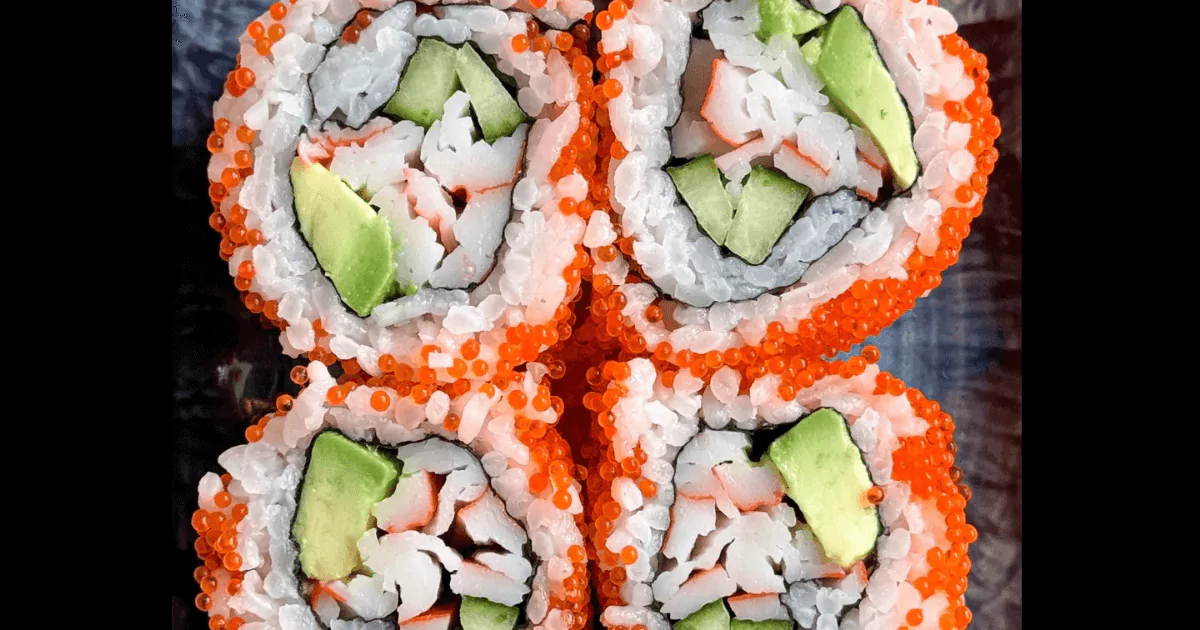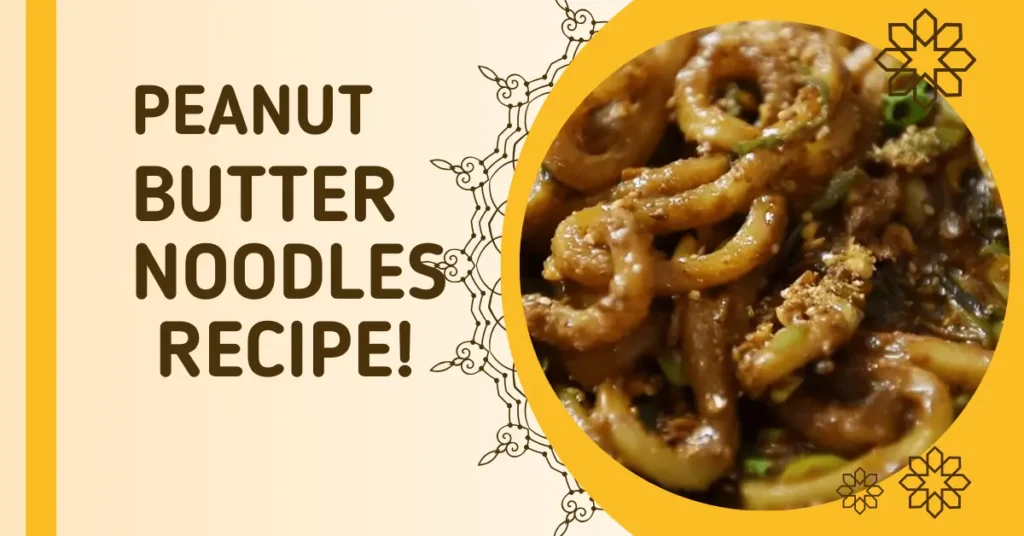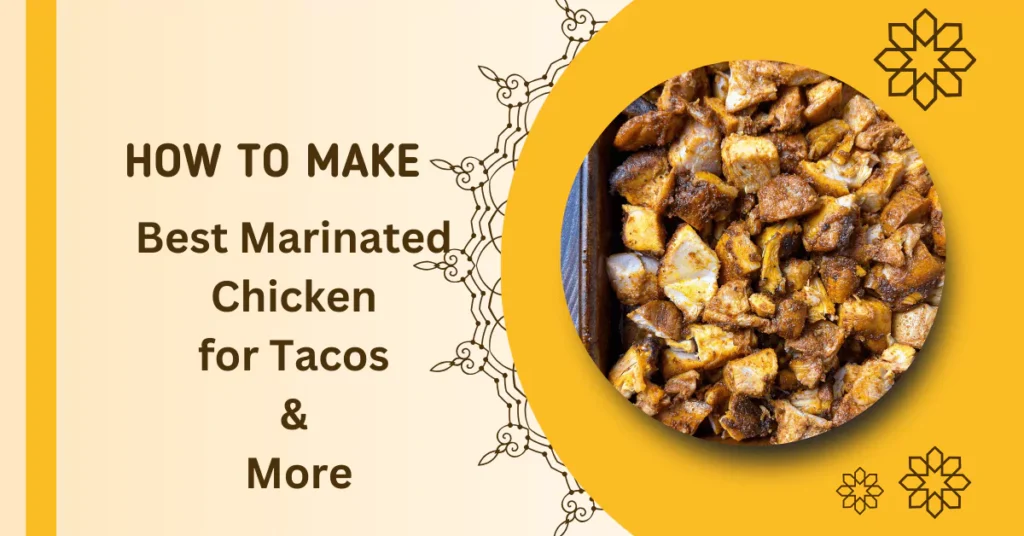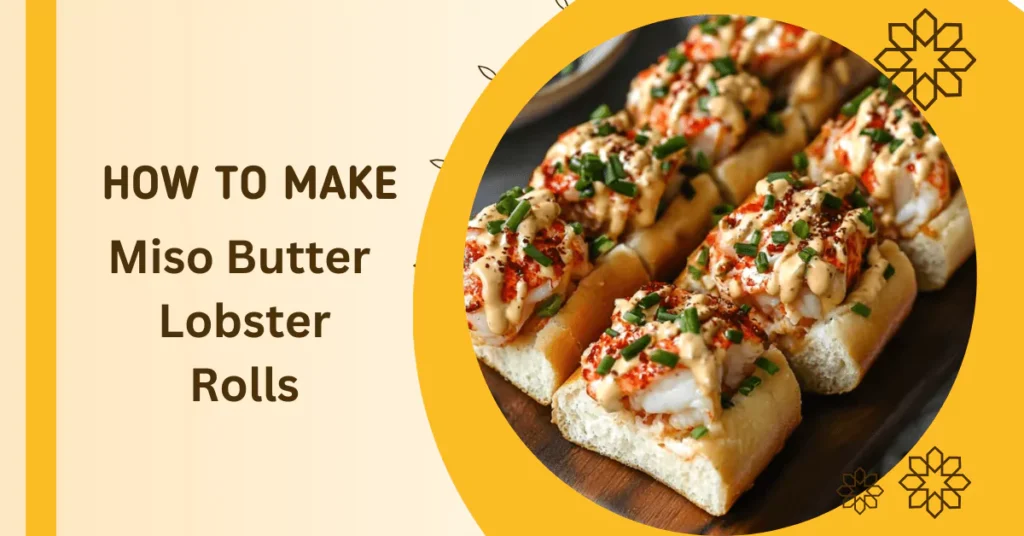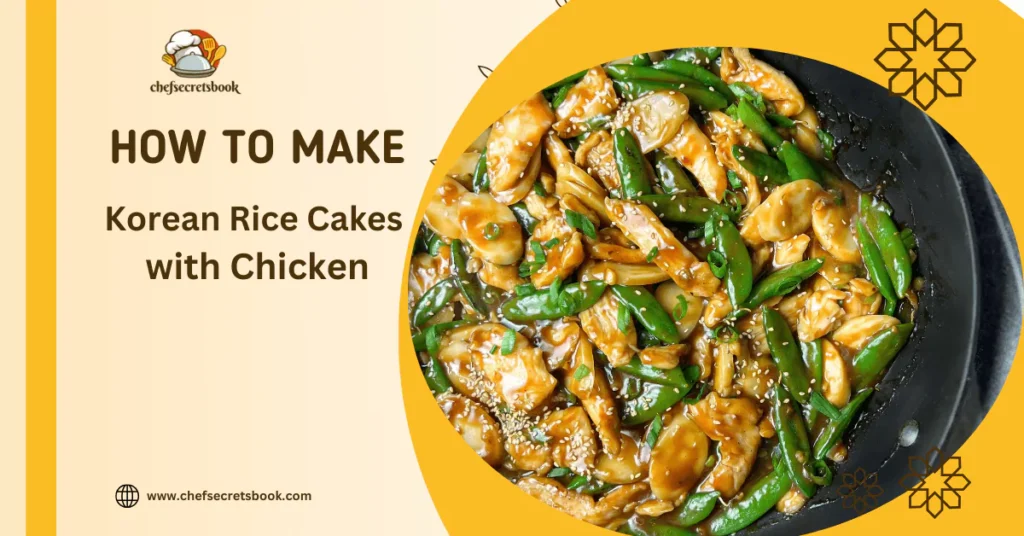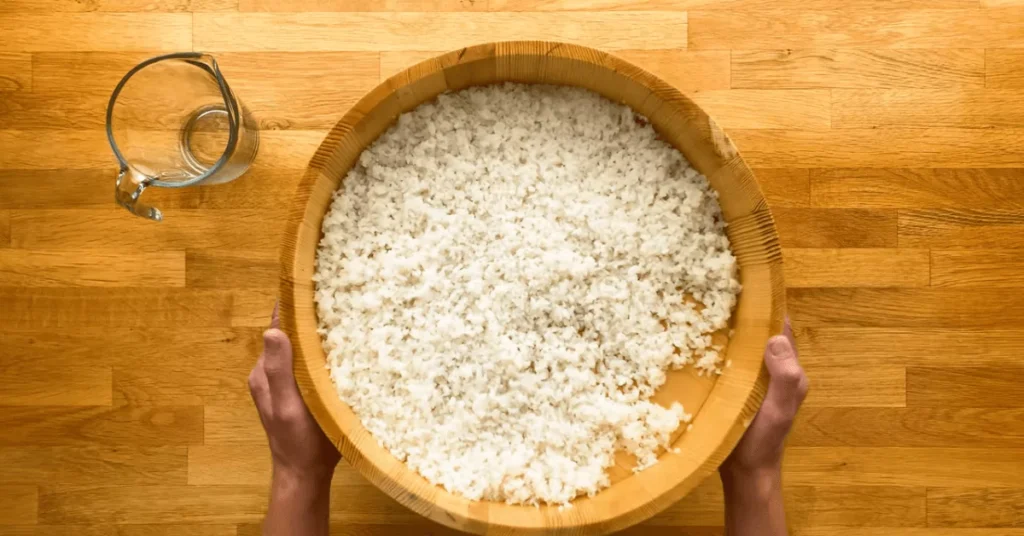Tobiko California rolls are a famous sushi preference globally, loved for their delightful stability of flavors and textures. Adding tobiko, the colorful orange flying fish roe elevates the dish to new heights. Tobiko no longer simply complements the visible enchantment but additionally brings a unique, mildly salty crunch that complements the creamy avocado and savory crab.
In this newsletter, we’ll dive into the artwork of making Tobiko California Rolls at home. From choosing the hottest components to learning the rolling approach, this guide has the whole lot you need. By the quit, you’ll be ready to affect your own family and friends with your sushi-making capabilities!
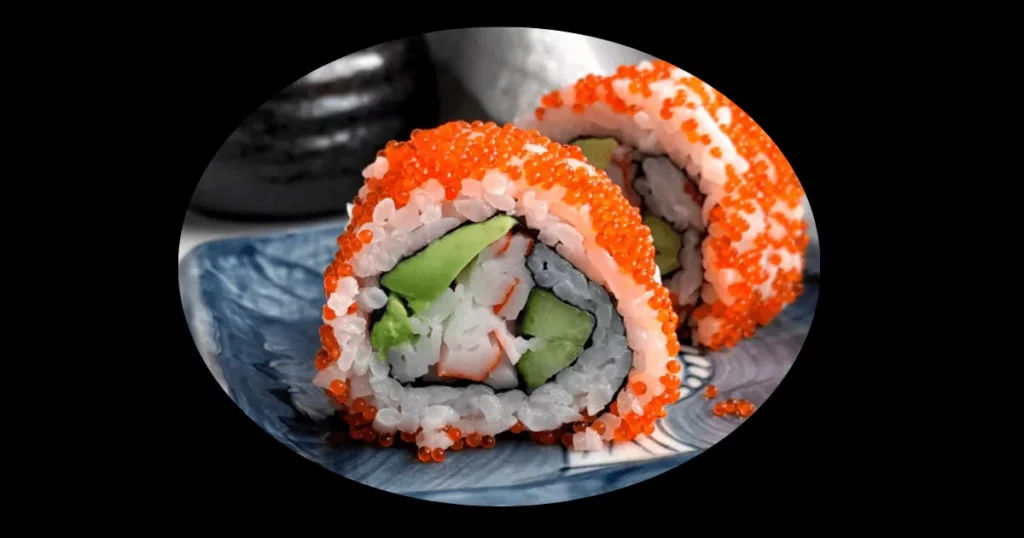
What is Tobiko?
Tobiko is the roe (eggs) of flying fish, commonly utilized in Japanese delicacies. Known for its vivid orange color and crunchy texture, tobiko provides a burst of flavor to sushi dishes. It’s often used as a topping for nigiri, sashimi, and rolls. In Tobiko California Rolls, it’s usually used as an outer coating, including an irresistible pop of coloration and flavor.

Types of Tobiko
Tobiko is available in various colors and flavors, regularly performed by way of infusing it with herbal components:
- Orange Tobiko: The most common kind, with a mildly salty and barely sweet taste.
- Black Tobiko: Colored with squid ink, supplying a bolder, richer flavor.
- Red Tobiko: Enhanced with beet juice, presenting a barely sweeter profile.
- Green Tobiko: Infused with wasabi, delivering a highly spiced kick.
Each kind provides a completely unique aesthetic and taste to sushi dishes, allowing cooks to test creatively.
Tobiko vs. Masago
Tobiko and masago are frequently confused because of their similar appearance, but they’ve distinct differences:
- Size: Tobiko eggs are barely large and feature a crunchier texture compared to the smaller masago eggs.
- Color: Tobiko is clearly brilliant orange, at the same time as masago has a paler hue.
- Flavor: Tobiko offers an improved flavor with a moderate sweetness, while masago has a milder, less extraordinary flavor.
- Cost: Tobiko is more highly priced than masago because of its premium satisfaction and texture.
Both are top-notch additions to sushi but serve extraordinary culinary purposes based totally on texture and taste alternatives.
Are Tobiko Eggs Healthy?
Yes, tobiko eggs are a nutritious addition to your weight loss plan while consumed moderately. Here’s why:
- Rich in Protein: Tobiko is a brilliant supply of protein, crucial for muscle boom and restoration.
- Omega-3 Fatty Acids: It incorporates healthy fat that aid mind features and heart health.
- Low in Calories: Tobiko is enormously low in energy, making it a weight-reduction plan-friendly option.
- Vitamins and Minerals: It’s full of vitamins B12 and D, as well as essential minerals like selenium and magnesium.
However, due to its excessive sodium content, it’s fine to experience tobiko carefully.
Where to Buy Tobiko
Tobiko can be discovered in various unique stores and online structures:
- Japanese or Asian Markets: Most Asian grocery stores convey tobiko inside the frozen seafood section.
- Online Retailers: Websites specializing in Japanese substances regularly sell tobiko with delivery alternatives.
- Sushi Restaurants: Some restaurants sell tobiko as a take-home ingredient.
- Local Fish Markets: Fresh or frozen tobiko can also be had at nicely stocked fish markets.
Ensure the tobiko is fresh and saved correctly to preserve its best.
Ingredients & Substitutions for Tobiko California Roll
Imitation Crab Stick
Imitation crab is a seafood product made usually from fish, typically cod, that is processed to imitate the feel and appearance of real crab meat.
Imitation crab isn’t always simply “fake crab”; it has a wealthy record and is enjoyed in Japanese and Western cuisines.
You should buy imitation crab at most essential grocery stores in the U.S. However, Asian grocery shops regularly have a wider choice.
It can be categorised as krab, kanikama, surimi, or kamaboko.
If you pick, you may replace an equal weight of cooked real crab meat for imitation crab.
Avocado slices
Avocado slices are thin, flat portions of avocado, frequently used in salads, sandwiches, sushi, and as a topping for various dishes. To put together avocado slices, the fruit is reduced to 1/2, the pit is removed, and the flesh is sliced into skinny portions.
Cucumber Strips
Cucumber strips are thin, elongated slices of cucumber, regularly used as a fresh and crunchy aspect in various dishes. They’re normally made by reducing the cucumber lengthwise into slender strips using a knife, mandoline, or vegetable peeler.
Tobiko
Tobiko, or flying fish roe, is known for its vibrant colors, crunchy texture, and mildly sweet, briny flavor. Popular in sushi, it’s often used as a topping or garnish. The small, crisp eggs are normally vibrant orange but may be certainly dyed inexperienced (wasabi), black (squid ink), or even yellow and red.
Compared to different roe, like ikura (salmon) or masago (capelin), tobiko is smaller and firmer, adding color and crunch to dishes.
You can find it at Japanese grocery stores or order it online from distinctive fish markets.

Sushi rice
Sushi rice is made from medium-grain rice seasoned with a blend of rice vinegar, sugar, and salt, giving it the signature flavor and sticky texture vital for sushi. Using the proper kind of rice is vital—substituting with varieties like jasmine or basmati receiver offers the identical give-up end result.
I pretty suggest the usage of actual sushi rice to obtain the exceptional texture and flavor. Be certain to examine a dependable sushi rice recipe to get the seasoning virtually right, so your rolls flip out perfectly every time!
Before making such rice, I recommend you follow my recipe for perfect sushi rice with a balanced texture and outstanding results.
Nori
Nori is the seaweed used to wrap sushi rolls, which includes each structure and taste. Once opened, shop any leftover sheets in a hermetic bag, urgent out all the air to hold them smooth.
Nori is available in tremendous sizes, however, for sushi, search for full sheets (around eight”x7″). You can trim them as needed even as rolling. There’s no need to splurge on highly-priced brands—most perform well. While Japanese grocery stores provide a satisfactory variety, you could additionally find nori inside the Asian aisle of essential supermarkets or online.

Tobiko California Roll (Sushi) Recipe – Step-by way of-Step Guide-2025
Ingredients
- Sushi Rice: 1 cups (organized and seasoned with rice vinegar, sugar, and salt)
- Nori Sheets: 1 full-sized sheets
- Crab Meat: six ounces (real or imitation crab sticks, shredded)
- Avocado: 1, sliced
- Cucumber: ½, julienned
- Tobiko: ½ cup
- Mayonnaise: 2 tablespoons (ideally Japanese mayo like Kewpie)
- Soy Sauce: For dipping
- Pickled Ginger and Wasabi: For serving
Instructions
Prepare Sushi Rice
- Rinse 1cup of sushi rice very well till the water runs clear.
- Cook the rice according to package instructions.
- Mix 2 tablespoons of rice vinegar, 1 tablespoon of sugar, and 1/2 teaspoon of salt. Heat till dissolved, then mix into the cooked rice. Let cool.
Prep Your Ingredients
- Slice the avocado and julienne the cucumber.
- Shred the crab meat and blend with mayonnaise to create a creamy filling.
- Set up your workspace with a bamboo sushi mat covered in plastic wrap.
Assemble the Roll
- Place a sheet of nori at the bamboo mat, brilliant facet down
- Spread a thin, even layer of sushi rice over the nori, leaving a 1-inch margin at the top.
- Sprinkle tobiko generously over the rice.
- Flip the nori sheet so the rice side faces down.
Add the Fillings
- Place the crab combination, avocado slices, and cucumber sticks alongside the lowest edge of the nori.
- Roll tightly the usage of the bamboo mat, making use of mild pressure to shape the roll.

Slice and Serve
- Use a pointy knife dipped in water to slice the roll into eight even portions.
- Serve with soy sauce, pickled ginger, and wasabi.

Notes
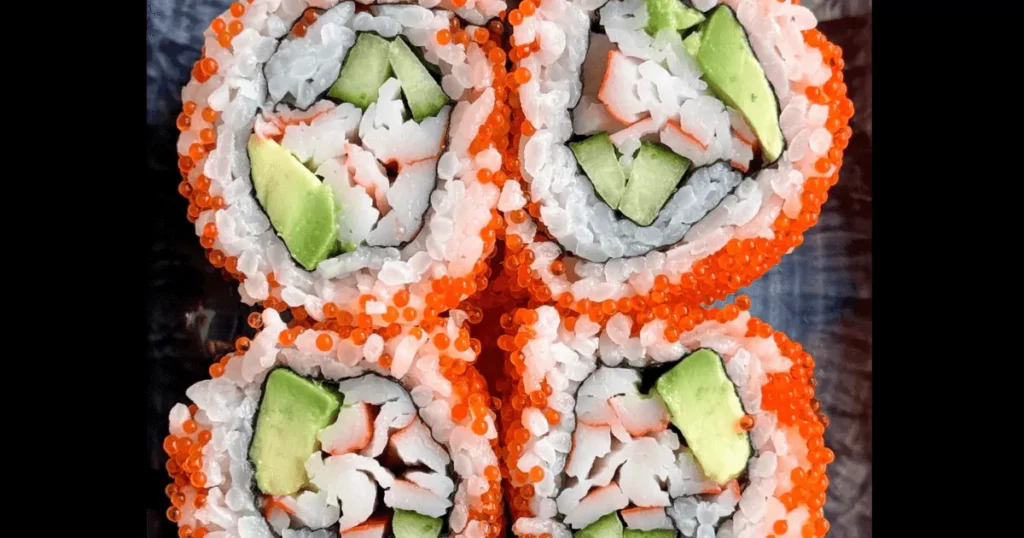
What can I substitute for tobiko?
If tobiko isn’t to be had, you may use masago (capelin roe) or miss it altogether for a simpler California Roll.
Can I use actual crab meat rather than imitation?
Yes, actual crab meat provides a richer taste, however, imitation crab is greater not unusual, and budget-pleasant.
How do I save leftover sushi?
Wrap leftover rolls in plastic wrap and shop them in the refrigerator for as much as 24 hours. Note that the feel may also change slightly.
Is tobiko secure to devour throughout being pregnant?
While tobiko is normally safe, seek advice from your physician if you’re pregnant, as uncooked seafood can carry dangers.
For more recipes, visit our website: https://chefsecretsbook.com/

